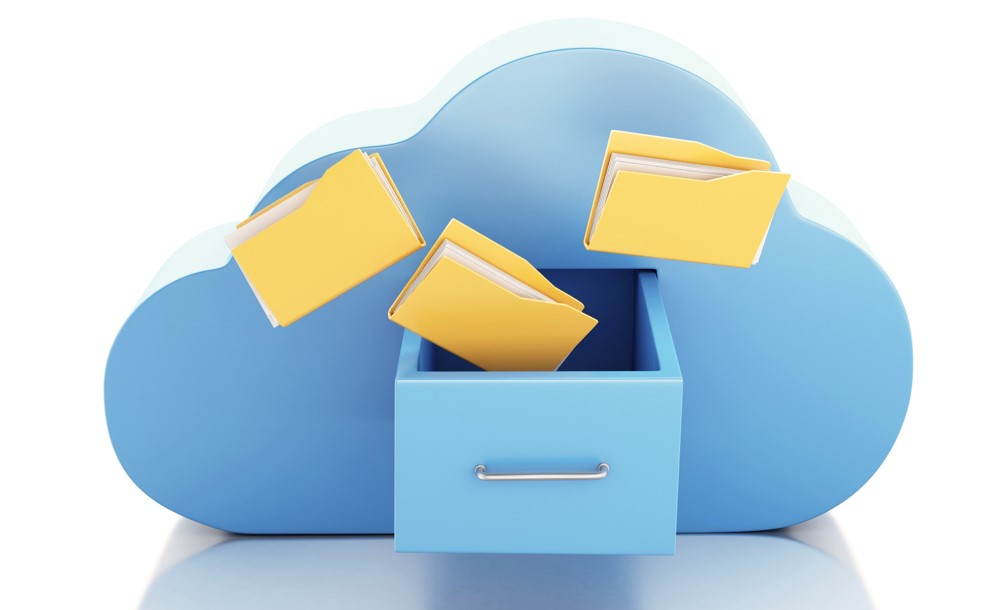As the global economy demonstrates increasing volatility, businesses are depending heavily on technology to maintain their competitive edge. While the advances in technology have helped to increase performance and efficiency, they have also introduced an increased risk.
Cloud computing offers businesses a cost-saving alternative to traditional data centers and the high costs of operating a conventional IT department. Unfortunately, cloud computing comes with its own set of computing risks for CIOs and CTOs to manage. Developing effective risk management protocols is an essential element in reducing the risks associated with cloud computing.
Fortunately, there are several risk management best practices that CIOs can use to help reduce the risks associated with cloud computing.
Risk Management through Regulatory Compliance
Storing your customer’s data on a third-party cloud server does not reduce your responsibility to ensure that the data stored in the cloud is as secure as possible. Your accountability to your customers for any lapse in security protocol or compliance integrity issues that may negatively impact your data storage still exists.
The use of external audits, PCI compliance security protocols, and PEN tests will likely be a part of the cloud providers security protocols, but it will still be your responsibility to make sure all recognized compliance standards are satisfied.
Geographical Awareness of Data Storage
Your provider has specific responsibilities and obligations to you that ensure you that they are taking the necessary steps to protect the data that you store with them.

However, it is essential to know where they are storing your data because any obligation they have to you will be superseded by their responsibility to the regulatory laws in the state where the data is being stored.
There is the possibility that the geographical location in which your data is stored may marginalize your rights to secured data.
Know Who Has the Right to Access Your Data
You will surrender some of the benefits of having a centralized, physical, and personally controlled data center when using a cloud resource, such as the ability to manage who has access to your sensitive data and the protocols that are in place to control how the data is accessed. You have no control over whom the cloud providers hire and the protocols they have in place that determine which of their employees will be able to access your data at any given time.
When choosing your cloud provider, you should gain a real understanding of the company’s data management practices, as well as their security practices. Demand that they walk you through the entire process to ensure you have a clear understanding of how things work.
Understand the Pros and Cons of Encrypted Data
Data stored in the cloud is typically encrypted, providing a higher level of protection for the data; however, the encryption process makes the recovery of lost data more difficult. When discussing the plans for storing your data with your cloud provider, you should gain an understanding of the data recovering process.

The provider should not only be able to explain how they will be able to recover any lost data, but they should be able to give you a timetable for this process. Make sure that the provider can demonstrate bench-marked scenarios that outline their recovery protocols in the case of a disaster scenario.
Data Availability is a Key Concern
Cloud computing is made possible using complex networks and applications that operate independently of one another. If one of these components were to encounter a disruptive problem, it is possible that you will not have access to your data until the problem is resolved.
You must develop an understanding of what can and cannot be done without access to specific data. Any data that is vital to the operation of your company’s primary functions may not be a good candidate for cloud storage.
For instance, data that allows you to have immediate access to your clients or inventory-related data should be stored using a system that will enable constant and direct access. You will need to know your risk tolerance for unavailable data over a specified period.
Dealing with Acquisitions and Transitional Processes
Companies merge on a regular basis, especially tech-related companies. While these acquisitions usually result in the company increasing its capacity to provide additional services at a higher quality, it can also lead to some transitional issues based on distinctions in company protocols associated with the merging entities. You have a right to know what protections are in place to protect your data and your rights to its secure keeping and access in case of some form of acquisition or merger.

Because of the commonality of such mergers, your provider should be able to discuss the process with you in detail. If the provider cannot explain a viable exit strategy that is in your best interest, they may not be the best fit.
In its current form, cloud computing has quite a bit of evolution still left, meaning that it may not be the best option for your most sensitive data. Your mid to low-risk data is most likely suitable for cloud storage solutions. Many of the primary providers are making significant progress in improving the security and accessibility of the data they store, but more growth is required to provide the level of protection necessary to protect data of the highest sensitivity.
The key to ensuring that you are choosing the best provider for your company is to ask plenty of questions surrounding the critical issues of safety, accessibility, and recovery. This is an area that requires a significant amount of due diligence in comparison to other IT procurement endeavors. Unfortunately, there is no cookie-cutter approach to ensuring you have the best provider and service; you must invest the time and effort to adequately qualify your provider.













Leave a Reply